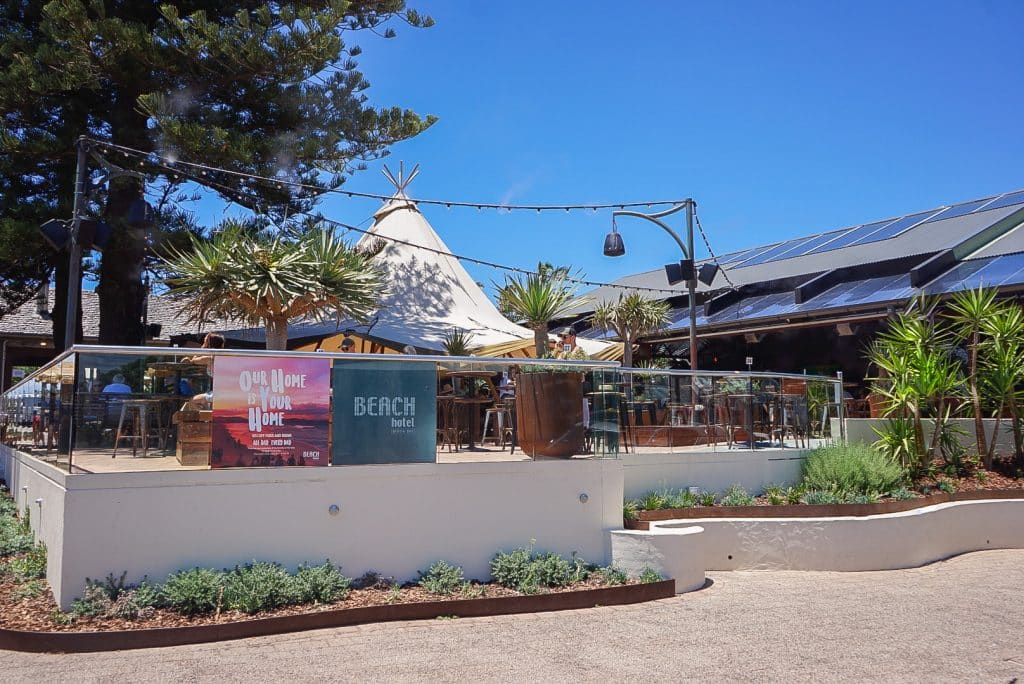
California plays a unique role in American culinary history. Its year-round Mediterranean climate and cultural diversity gave rise to California cuisine, which the James Beard award winner Barbara Joan Hansen, in her 1971 book Cooking California Style, described as a mix of “influences of Mexico and the Orient — our neighbors to the South and the West — seasoned with a dash of any nationality you can think of and a generous pinch of Middle West common sense.”
An ingredient missing from Hansen’s description is perhaps California’s progressive attitude: “In American history, the allure of California was that this was a freer society, and people were happier and warmer and more leisured,” says Ken Albala, professor of history at the University of the Pacific in Stockton, California. “To most Americans, somehow California didn’t pick up the mistakes of the Old World, meaning the East Coast and the Midwest. That translates to California cuisine, in that we’re less bound by old ways of doing things.” With all these features, in the 1950s, the growth of California cuisine became strictly related to the Farm-to-table movement, which would spread across the country in the following decades, focusing on seasonal ingredients sourced locally and an unsophisticated approach to cooking. (One of the most influential Farm-to-table restaurants, Alice Waters’ Chez Panisse in Berkeley, was known for serving just a peach for dessert.)
From the beginning, Farm-to-table was not just a dining concept but also a social and political movement: “It was made up of a group of restaurant owners and food writers with a messianic cause: to provide everyday common citizens with seasonal, fresh, organic, and sustainable food,” says Victor Geraci, PhD, a Viticulture, Wine and Gastronomy historical researcher and consultant based in Murrieta, CA. “At the time, the Bay Area was the focal point of the anti-capitalistic and antigovernment protests in the United States. UC Berkeley was where all the strikes were going on, and where governor Ronald Reagan was making professors sign an anticommunist clause. Also, you would still get DDT, malathion and other now banned chemicals in your food.”
When Goliath wins In spite of the best intentions of those pioneers, things went quite different: “By the 2000s, the movement had been taken over by corporate America, who learned that if they could speak the words of the slow food movement they could sell more and at higher prices,” says Geraci. Such an outcome was, in fact, inevitable, Geraci explains: “In the United States, the focus has always been on industrial monocrop agriculture, and for good reasons: the Industrial Revolution had hit America, and our cities were swollen with immigrants from all over the world. We had a lot of people to feed and small family farms were not going to do it. The Farm-to-table movement tried to fight that, but it was David and Goliath, and Goliath is winning. Today, Farm-to-table is not affordable for middleclass Americans, and it’s lost its importance as a common cause for all of us to eat better. Also, it’s an urban proposition: once you get out into rural America, you don’t find it as much.”
The urban character of the Farm-to-table movement is something that Debbie Thomas, former owner of Thomas Hill Organics, a popular Farm-to-table restaurant in Paso Robles in Central California, experienced firsthand: “When I opened the restaurant in 2009, people from LA and San Francisco knew what farm-totable was, but locals were very reluctant, they thought we would just serve raw carrots,” she recounts. “It was a couple of years before people realized who we were and what we did. At the time, it was also very difficult to find local farmers who grew organically.” For Thomas, while farm-to-table grew in popularity, it also became a sort of buzzword in the restaurant industry: “The movement is now recognized everywhere, but sadly there are a lot of chefs who say they’re farm-to-table and they’re not. It seems that if you want people to come to your restaurant, you basically tell them that you’re farm-to-table,” she says.
For Albala, California culinary tradition suffered a similar fate: “When California cuisine gets picked up outside of California, it’s simplified to the point of becoming a stereotype. Its complexity gets lost,” he says.
A virtuous dining model?
At about the same time that the Bay Area was swept up by student protests, it also started to be known for Silicon Valley. California’s tech hub also had a great influence on the foodservice industry. In the 2000s, the free food that Google provided to its employees became the paradigm of the corporate perk. In the following years, this approach was imitated by many other companies, until the pandemic put an end to it.
Now, Alphabet (Google’s parent company) and other tech giants have started to cut budgets on food and other perks. “It’s not necessarily sustainable for every company out there to spend that kind of money on food. That was a tough lesson for those who invested a lot in very large cafeterias and elaborate food service programs,” says Joseph Schumaker FCSI, founder and CEO of FoodSpace, a California-based foodservice consultancy.
The rationale behind Silicon Valley’s free corporate food and all the other perks was to attract and keep the best talent and make sure employees had all they needed without them having to leave their place of work. As it turned out, that wasn’t without consequences for restaurant owners in the Bay Area. In 2018, when Facebook built a new office building in Mountain View, the city required that no free food was served. The ban followed the complaints of local restaurant owners who claimed that the employees of Google (which had its headquarters there) never came out to eat or shop. “The restaurant scene in San Franciso has been decimated not only by the pandemic,” says Schumaker. “Before that, quite a few establishments were already struggling because of the amount of free food that was being given to employees in the city. The same happened in New York, Chicago, and Seattle, but not to the same extent as San Francisco.”
For Schumaker, the aftermath of the corporate catering programs of tech companies is a cautionary tale about whether all trends that come from California are positive: “25 years ago, the financial, insurance and law firms, which are really Midwest- and East Coast-based industries, were already leaders in corporate catering, and realistically still are to this day. What tech companies in California did was take a macrotrend from elsewhere and push the boundary of what they’re willing to spend, taking more risks, but they didn’t necessarily do it thoughtfully or for the right reasons.”
Delivery apps, such as California-based Uber Eats and DoorDash (two of the largest ones in the US) are another example of a trend fuelled by tech money and the living-to-work attitude: “In the corporate tech sector, you can often show up at work at any time and have access to food throughout the day. This led to an on-demand I-want-it-now mentality, the same that Amazon created outside foodservice,” says Schumaker.
Silicon Valley is not California The influence of the tech industry in California is so pervasive that it’s easy to see the two as one and the same: “Because a lot of new technologies, like artificial intelligence and smart devices, come out of Silicon Valley, it’s natural that the rest of the world and the rest of the country especially wants to see California as a trendsetter across many industries,” explains Schumaker. But he questions this. His consultancy has just completed the project for an all-electric commercial kitchen of 50,000 sq. ft.— the largest one in the US — in Founders Tower, Adobe’s new building in San Jose, California. The project complies with the city’s prohibition of natural gas in all new building types.
However, Schumaker explains, Adobe is also building its own hydroelectric plant — in partnership with Google — that, by 2030, will take Founders Tower off the grid, making it the first true net zero building in the US. “This is another example of a Silicon Valley corporation going beyond what’s actually being required by the government,” says Schumaker. “So my question is this: is it actually California driving this? Or is it a company that happens to be headquartered in California?”
San Jose’s mandate is part of a larger regulatory effort of many local jurisdictions across the country to ban gas from new buildings and in some cases even from existing buildings that undergo major renovations. Although there is no statewide regulation as of now, electrification is a case where California, and not its tech industry, can take the lead: “If a big state like California actually adopts a mandate for 100% electrification of new construction, it will be quite impactful for the entire US,” says Schumaker. “It’s the same thing that happened with seatbelts and backup cameras: they all stemmed from California legislation. With more electoral votes and more money per capita than any other state, when you have huge changes that require a vote of the population, that’s where California has the power to lead.”
Andrea Tolu




